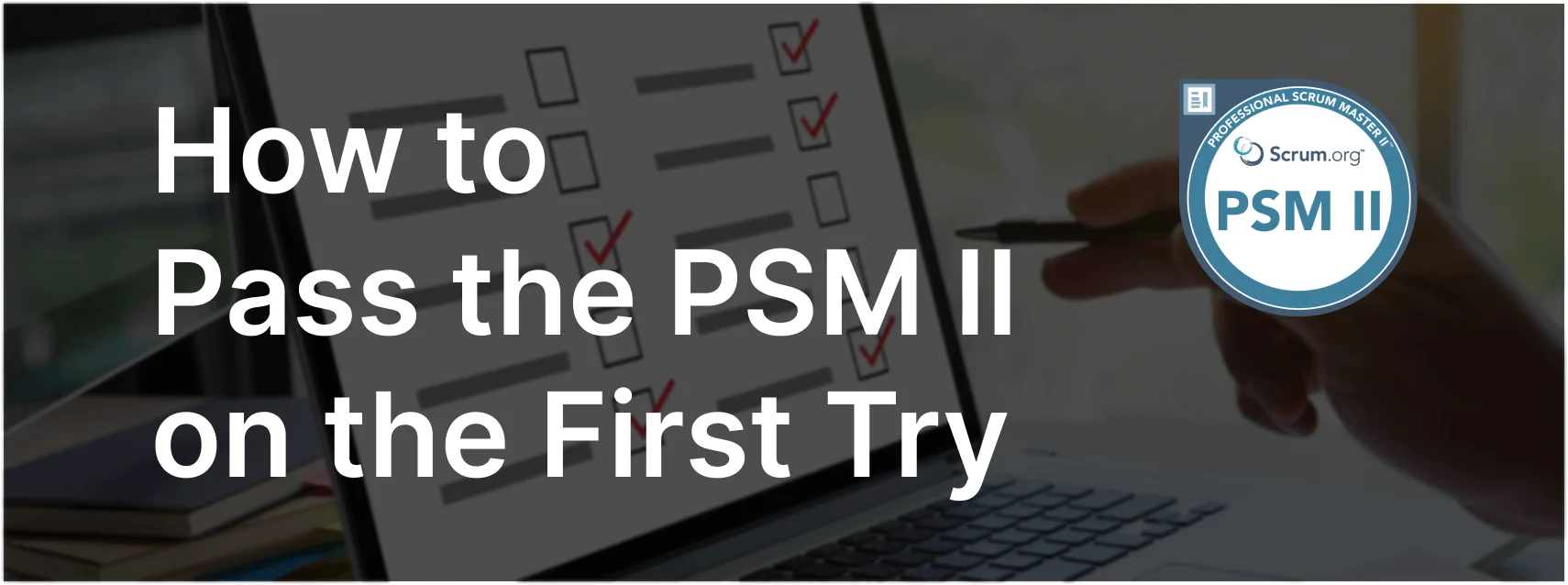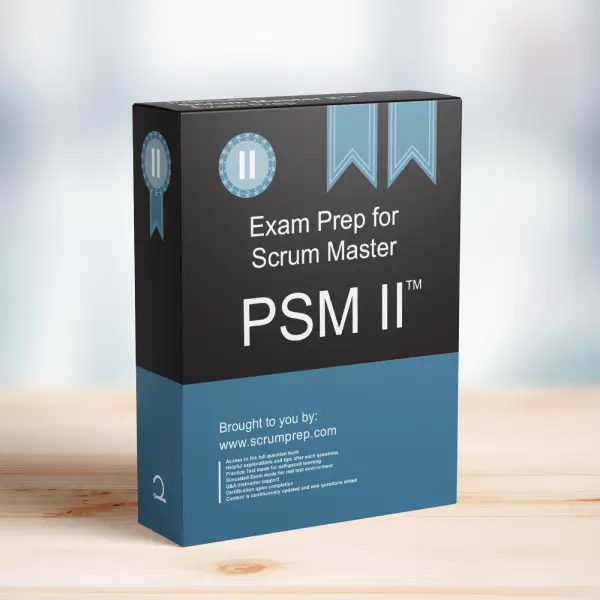Managing Architecture and Infrastructure in Scrum
When adopting Scrum for a complete project, it’s essential to understand how to handle architecture and infrastructure work effectively. This article explores a specific exam question about managing such technical work within Scrum, providing detailed explanations and insights relevant to the PSM II exam.
Exam Question
After some small experiments with Scrum, your company decides to do a complete project with Scrum. As Scrum Master you have been invited to the “project kick-off meeting” with IT and product management.
The Product Owner asks how many Sprints IT will need to first figure out architecture and infrastructure issues. What are two options to explain how such work is managed using Scrum?
(choose the best two answers)
- A. You explain that product management should not worry about such typical IT work. You inform them that you will assure that the team members reach out to the right people within the IT organization when needed. During each Sprint Planning meeting they will keep the Product Owner updated about the additional effort it will take for that Sprint. That effort will come on top of the effort for the forecasted functional development.
- B. You explain that technical risks are best controlled when architecture and infrastructure emerge alongside the development of functionality. The additional advantage is that business value is created faster and sooner.
- C. You thank product management for understanding that these efforts indeed require effort and budget. You confirm that architecture and infrastructure are best handled before starting Scrum, but that the exact budget is difficult to calculate upfront. You say you will organize this work in timeboxed Sprints of no more than 30 days to limit risk and be transparent toward product management on the actual progress.
- D. You educate the Product Owner to add this work to Product Backlog to uphold transparency. Ask the Developers to plan work during the first several Sprints to estimate these items, while also creating some business functionality in these early Sprints.
Correct Answers
B. You explain that technical risks are best controlled when architecture and infrastructure emerge alongside the development of functionality. The additional advantage is that business value is created faster and sooner.
D. You educate the Product Owner to add this work to Product Backlog to uphold transparency. Ask the Developers to plan work during the first several Sprints to estimate these items, while also creating some business functionality in these early Sprints.
Explanation
Correct Answers
B. You explain that technical risks are best controlled when architecture and infrastructure emerge alongside the development of functionality. The additional advantage is that business value is created faster and sooner: In Scrum, architecture and infrastructure work should not be done in isolation before starting functional development. Instead, these aspects should evolve alongside the development of business functionality. This approach helps manage technical risks effectively while delivering incremental business value early and often.
D. You educate the Product Owner to add this work to Product Backlog to uphold transparency. Ask the Developers to plan work during the first several Sprints to estimate these items, while also creating some business functionality in these early Sprints: Transparency is a core principle of Scrum. By adding architecture and infrastructure tasks to the Product Backlog, the Scrum Team maintains visibility and transparency. It allows the team to plan and estimate these tasks along with functional development, ensuring a balanced and integrated approach.
Incorrect Answers
A. You explain that product management should not worry about such typical IT work. You inform them that you will assure that the team members reach out to the right people within the IT organization when needed. During each Sprint Planning meeting they will keep the Product Owner updated about the additional effort it will take for that Sprint. That effort will come on top of the effort for the forecasted functional development: This answer downplays the importance of transparency and collaboration. It isolates technical work from functional development, which can lead to misalignment and inefficiencies.
C. You thank product management for understanding that these efforts indeed require effort and budget. You confirm that architecture and infrastructure are best handled before starting Scrum, but that the exact budget is difficult to calculate upfront. You say you will organize this work in timeboxed Sprints of no more than 30 days to limit risk and be transparent toward product management on the actual progress: This answer suggests handling architecture and infrastructure before starting Scrum, which contradicts the iterative and incremental nature of Scrum. It also fails to integrate technical work with functional development.
Responsibilities in Scrum
- Product Owner: Ensures that all necessary work, including technical tasks, is visible on the Product Backlog and prioritized according to business value and necessity.
- Scrum Master: Facilitates Scrum events, ensures that the team adheres to Scrum practices, and promotes transparency and collaboration in planning and executing technical and functional work.
- Developers: Plan and execute both technical and functional tasks within each Sprint, ensuring that they deliver potentially shippable Increments that meet the Definition of Done.
Relevance to the PSM II Exam
Understanding how to manage architecture and infrastructure within Scrum is crucial for the PSM II exam. It demonstrates advanced knowledge of Scrum practices and the ability of the Scrum Master to guide the team in integrating technical and functional work effectively. Mastering this concept ensures that Scrum Masters can support their teams in delivering high-quality products while managing technical risks efficiently.
Key Takeaways
- Architecture and infrastructure work should emerge alongside functional development in Scrum.
- Transparency is essential; all work should be visible on the Product Backlog.
- Effective integration of technical and functional tasks helps manage risks and deliver business value incrementally.
Conclusion
Managing architecture and infrastructure work within Scrum requires a transparent and integrated approach. By incorporating these tasks into the Product Backlog and evolving them alongside functional development, Scrum Teams can effectively manage technical risks while delivering continuous business value. Understanding these principles is crucial for effective Scrum implementation and success in the PSM II exam. For comprehensive preparation and practice exams, check out PSM II Exam Prep to enhance your understanding and application of Scrum principles.



